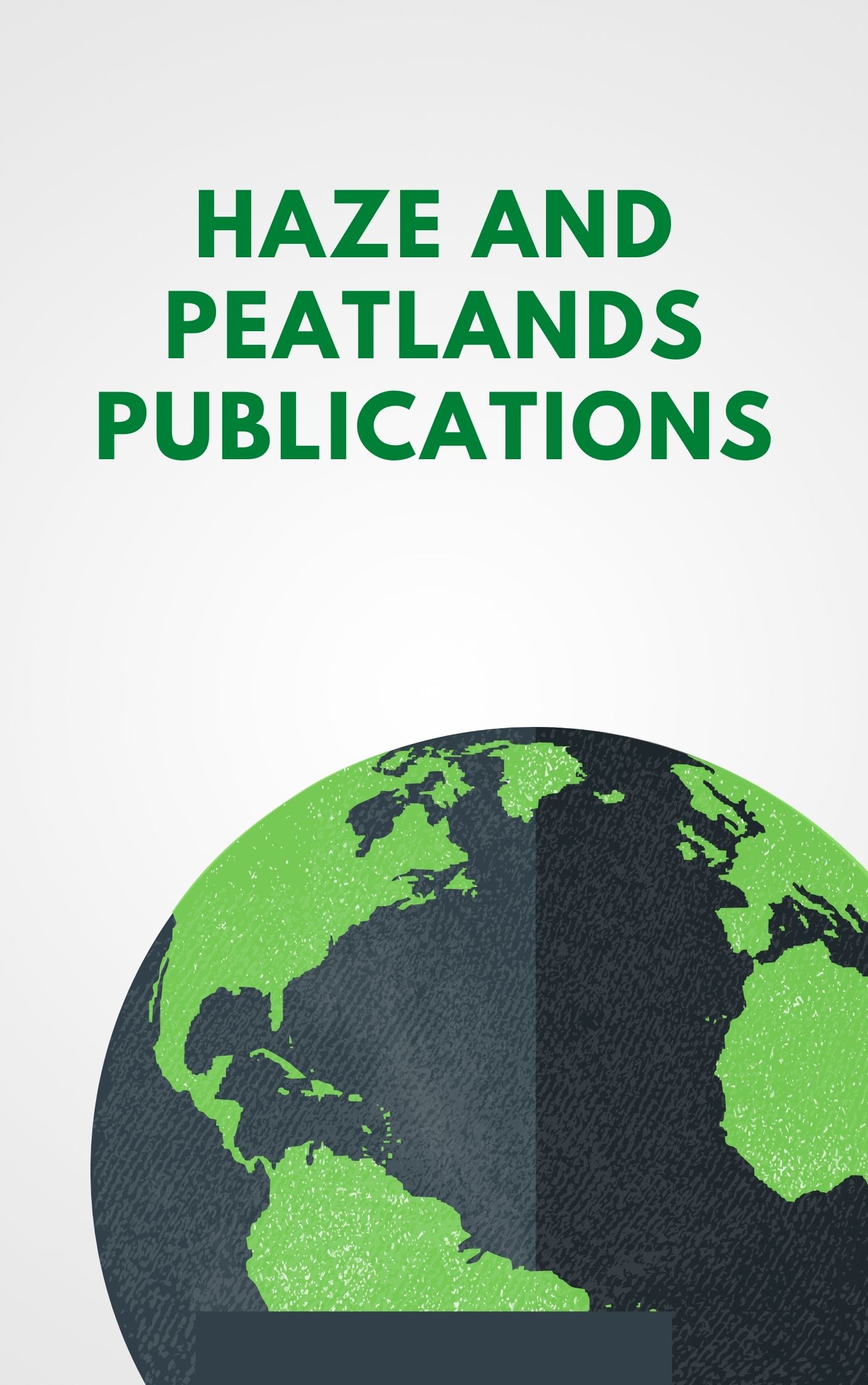Peatlands in Indonesia are one of the world’s largest carbon sinks, helping to regulate greenhouse gas emissions and global climate change. Lophostemon suaveolens is a relatively unexplored plant found in Papua’s endemic peat ecosystem that grows well in wet areas with low fertility. It is geographically dispersed and has the potential for peatland rehabilitation. Seed is one of materials for the reproduction of L. suaveolens. However, the difficulty in seed collection and the limitation in seed production has become a current problem for its cultivation. Seed multiplication by using an in vitro method would be one of the mechanisms to overcome the problem. We present an efficient and reproducible protocol for in vitro multiplication of plantlets using nodal segments and shoot apices collected from plantlets. After 3 months of the culture initiation stage, the elongated axillary shoots were separated from the clumps and further multiplied using Murashige and Skoog (MS) media supplemented with (1) BAP (0.5 mL/L) as single PGR, (2) NAA (0.1 mL/L) as a single PGR, and (3) a combination of two types of PGR BAP (0.5 mL/L) and NAA (0.1 mL/L). Up to an incubation period of 6 months, the efficiency of leaf axillary shoot propagation was determined by counting the number of nodule multiplication coefficient (NMC), shoot length, root length, and number of leaves (six consecutive subcultures). The higher the NMC, the higher the plantlets obtained, increasing shoot regeneration from nodules physiologically increasing evapotranspiration in vitro. The highest of NMC (8.4) was observed in MS medium with a combination of 0.5 mL/L BAP and 0.1 mL/L NAA (double PGRs), with the longest shoots (5.91 cm), the longest root length (8.83 cm), and the most leaves (32). When a combination of BAP and NAA were used simultaneously, the plantlets during acclimatization were the highest survived. It was concluded that MS in combination with 0.5 mL/L BAP and 0.1 mL/L NAA is the most appropriate protocol for the success of in vitro multiplication of L. suaveolens. This is the first report of L. suaveolens in vitro multiplication, and the protocol could be used to propagate this peatland species on a large scale. The authors acknowledge the limitations of the experimental work and recommend further work to increase the sample size and complete the field-testing phase to help verify the initial findings presented in this paper.
View source

